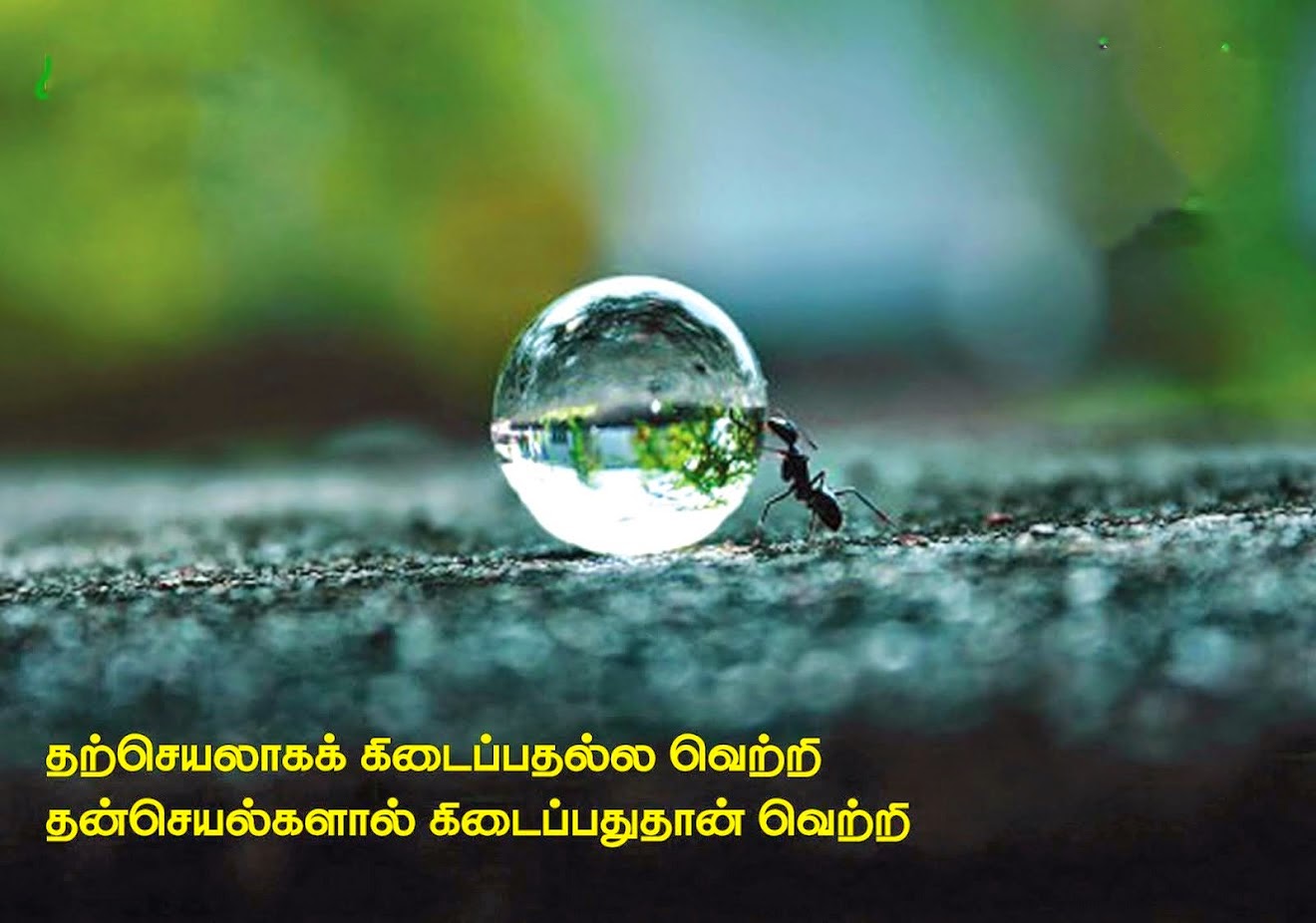தமிழர்களின் கடல் மேலாண்மை பற்றி ‘கடல் புறா’ போன்ற வரலாற்று நாவல்கள் மூலம் அரசல் புரசல்களாக நம்மில் பலரும் அறிந்திருப்போம்.
’கலிங்கா பாலு’ என்னும் கடல்சார் ஆராய்ச்சியாளரின் கடல் ஆமைகள் பற்றிய ஆய்வில் தமிழர்கள் பற்றிய பல அறிய உண்மைகள் வெளிச்சத்துக்கு வந்துள்ளன.
அவருடைய ஆய்வறிக்கை “தமிழர் வரலாற்று ஆய்வு நடுவம்” நடத்திய “பழந்தமிழரின் கடல் மேலாண்மை” கருத்தாய்வு கூட்டத்தில் விளக்கப் பட்டது. அந்த ஆய்வறிக்கையின் சாராம்சம் பின்வருமாறு:-
கடல் வாழ் உயிரனமான ஆமைகள் கூட்டம் கூட்டமாக முட்டையிட்டு குஞ்சு பொரிப்பதற்காக வருடா வருடம் பல்லாயிரம் மையில்கள் கடந்து தமிழகம் மற்றும் ஒடிசா மாநில கடற்கரைகளில் தஞ்சம் புகுவது பலர் அறிந்த விஷயம். இந்த ஆமைகள் பற்றிய ஆய்வில் ஒரு சுவாரஸ்யமான விஷயம் தெரிய வந்திருக்கிறது. சராசரியாக ஒரு கடல் ஆமையால் ஒரு நாளைக்கு 85கி.மி தூரமே நீந்தி கடக்க முடியும் ஆனால் இவ்வாமைகள் கடந்து வந்ததோ பல்லாயிரம் மையில்கள்! அதுவும் குறுகிய காலத்தில்!! எவ்வாறு என்று சில புதிய தொழில் நுட்பங்களின் (RFID-செயர்கைக்கோள் சாதனம்) RFID உதவியுடன் ஆராய்ந்த போது ஆமைகள் Ocean currents எனப்படும் கடலில் பாயும் நீரோட்டங்களின் உதவியுடன் பல்லாயிரம் கிலோ மீட்டர் நீந்தாமல் மிதந்து கொண்டு பயணிக்கும் விஷயம் தெரிய வந்திருக்கிறது.
இப்படி பயணம் செய்யும் ஆமைகளை செயர்கைகோளின் மூலம் பின்தொடர்ந்த போது மியான்மர்(பர்மா), மலேசியா, இந்தோனேசியா, ஆஸ்திரேலியா, பசிபிக் தீவுகள், ரஷ்யா, மெக்சிகோ, ஐஸ்லேண்ட், ஆப்ரிக்கா என பல உலக நாடுகளின் கடற்கரைகளுக்கு ஆராய்ச்சியாளர்களை இட்டு சென்றுள்ளன. அப்படி அவை கடந்த கடற்கரைகளை ஆராய்ந்த கலிங்க பாலுவிற்கு ஒரு இன்ப அதிர்ச்சி காத்திருந்த்து. ஆமைகள் தொட்டுச் சென்ற பல கடற்கரைகளில் துறைமுகங்களும் அவற்றில் 53 இடங்களின் பெயர்களும், அதன் மக்களும், பண்பாடும், மொழியும் ஏதாவது ஒரு வகையில் தமிழின் தாக்கத்தோடு இருந்திருக்கிறது. அந்த கடற்கரைகளில் உள்ள ஊர்கள் சிலவற்றின் பெயர்கள் உங்கள் பார்வைக்கு:
ஊர் பெயர்களும் அந்த நாடுகளும்:
தமிழா-மியான்மர்
சபா சந்தகன் – மலேசியா
கூழன், சோழவன், ஊரு, வான்கரை, ஓட்டன்கரை, குமரா-ஆஸ்திரேலியா
கடாலன் – ஸ்பெயின்
நான்மாடல், குமரி,- பசிபிக் கடல்
சோழா, தமிழி பாஸ் –மெக்சிகோ
திங் வெளிர்- ஐஸ்லாந்து
கோமுட்டி-ஆப்ரிக்கா
இப்படி அந்த ஆமைகள் சென்ற கடற்கரை நகரங்களின் பெயர்களும் ஒரு சில பகுதிகளில் வசிக்கும் பழங்குடியினத்தினரின் மொழி, பண்பாடு ஆகியன தமிழோடு தொடர்புள்ளதாக இன்றளவும் இருக்கின்றன.
இன்னொரு சுவாரஸ்யிமான விஷயம். ‘சர்க்கரை வள்ளிக்கிழங்கு’ (Sweet Potato) என்பது தமிழ் நாட்டில் விளையும் கிழங்கு வகை. நம் மீனவர்கள் கடலோடும்போது பல நாள் பசி தாங்க இவற்றையே உணவாக கொள்ளும் வழக்கம் இன்றளவும் உள்ளது. இதே வழக்கத்தை தமிழுடன் தொடர்புடையதாக கருதப்படும் பல பழங்குடியின மக்கள் பின்பற்றுகின்றனர். இதில் கவனிக்க வேண்டிய விஷயம் மியானமர், இந்தோனேசியா, ஆஸ்திரேலியாவின் சில பகுதி என பல இடங்களில் நம் சர்க்கரை வள்ளிக்கிழங்கின் பெயர் ‘குமரா’!!
பிசிபிக் கடல் பகுதியில் உள்ள தீவில் வாழும் ஒரு குறிப்பிட்ட இனமக்கள் உபயோகப்படுத்தும் படகின் பெயர் ‘திரி மரம்’. அதில் உள்ள நடு பாகத்தின் பெயர் ‘அம்மா’ வலது பாகம் ‘அக்கா’ இடது பாகம் ‘வக்கா’. அடி பாகம் ‘கீழ்’.
நியுசிலாந்து பகுதியில் 1836ஆம் வருடம் ஒரு பழங்குடியினர் குடியிருப்பில் தமிழ் எழுத்துக்கள் பொறிக்கப்பட்ட இரும்பாலான மணி கண்டெடுக்கப்பட்டுள்ளது. இது பற்றிய தகவல் விக்கிபிடியாவில் உள்ளது.
அதை படிக்க http://en.wikipedia.org/wiki/Tamil_bell சொடுக்கவும்.
இப்படி தமிழுடன் தொடர்புடைய பல விஷயங்களை விஷயங்களை மேலும் பல வருடங்கள் ஆராய்ந்த கலிங்க பாலு அவர்களின் ஆராய்ச்சி முடிவில் பழந்தமிழர்கள் தம்முடைய கடல் பயணங்களுக்கும் படையெடுப்புகளுக்கும் ஆமைகளை வழிகாட்டிகளாக (Navigators) பயன்படுத்தி பல்லாயிரம் மைல்கள் கடந்து பல நாடுகளில் கோளோச்சிருப்பது ஆதாரப் பூரவமாக நிரூபனமாகியிருக்கிறது.
கலிங்க பாலு அவர்கள் எந்த ஒரு அரசு உதவியுமில்லாமல் இத்தனை ஆண்டுகள் இந்த ஆராய்ச்சிகளை மேற்கொண்டு வந்துள்ளார். இப்போது தான் ஒரு நிறுவனம் நிறுவி அவருடைய ஆராய்ச்சியை தொடர்ந்து வருகிறார். இது பற்றிய ஆர்வமுள்ளவர்கள் அவருக்கு உதவலாம். அவருடைய இமெயில் முகவரி - kalingatamil@yahoo.co.in
Globetrotting man followed turtle track, claims study
It was the beginning of a big voyage when he saw a school of turtles scrawling towards the shore for nesting in the famous Gahirmatha beach in Orissa. S Balasubramani, a marine researcher, was working on a project when he got interested in turtle nesting and Tamil migration. It is his belief that the two activities were linked in someway once upon a time.
He claims that people from the Tamil coasts used to travel to all over the world following the tracks used by the turtles even from the Stone Age. "Turtles are considered the navigator of the oceans.
They use ocean currents to cover long distances which helped Tamil sailors explore other countries," according to Balasubramani.
Since the coastal climate is ideal for nesting, turtles still travel to the coasts of Orissa and Tamil Nadu from all parts of the world. There are particular routes where sea currents occur and the turtles can sense it very well, he says.
"There are 53 turtle nesting places in Tamil Nadu which are all close to the ancient ports. So there is a strong connection between the migration of Tamils and the nesting of turtles," he concludes with his own logic.
To prove his point, Balasubramani even has a list of turtle nesting places in the world having Tamil names. "There are a number of coasts having names in Tamil. Thamila (Myanmar) and Sabha Santagan (Malaysia), Koolan, Cholawan and Ooru (Australia), Catalan (Spain) Nanmadal and Kumari (Pacific ocean) are some examples," he says.
In addition to the study of literary references and scientific oceanic studies, Balasubramani conducts experiments on the Tamil Nadu coast making use of the traditional knowledge of the fisherfolk community along with technical advances from various forums.
The study, conducted using latest technologies like satellite tracking, claims there used to be voyages following the routes of turtles from the coast of Tamil Nadu to places like US, Australia, New Zealand, China and Japan. A bell with Tamil inscriptions on it found from a Parua Maori tribal house at Wangarai, New zealand, in 1836 shows that voyages took place between the Tamil coasts and Kiwi land, it says.
Why should one follow the turtles' route? "The turtle can swim a maximum of 85km a day, but it can cover at least 250km floating on the ocean currents. Our ancestors must have used this system to cover the sea," he believes. However, more research is to be done in the field to establish the point. "There are incidents like traveling from one place to the other looking at the star. Likewise, there may be some connection between turtle nesting and Tamil migration.
If you take the way the fisherfolk treat the turtles, you will know that they respect the species. The won't kill them, but send them back to sea. In many temples in China, Philipines and Indonesia, people even adorn turtles. There must be some connection.
We need more research into the subject to prove the point," says M G Sahibhushan, a history expert. Recently, researchers tracked over 12,700 miles of turtle swimming from the Indonesian coast to the US. But did the human follows the turtle species?
A presentation will be made at the ICSA hall opposite the Egmore Museum on Wednesday.
TIMES OF INDIA - 16.11.2011




.jpg)




No comments:
Post a Comment